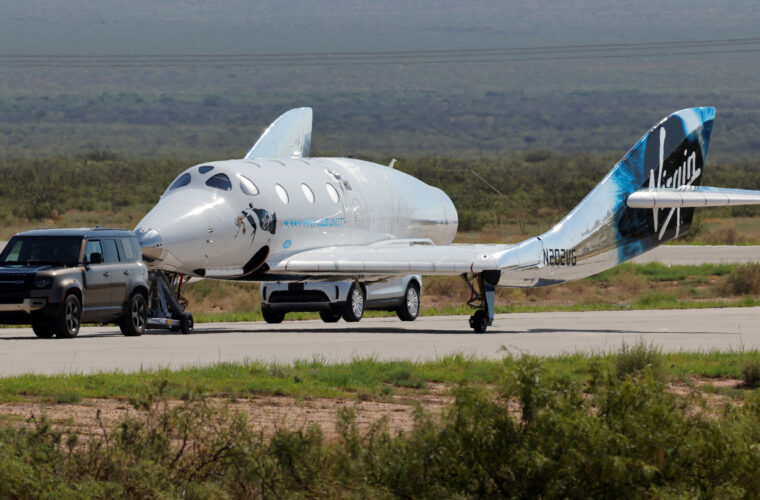Virgin Galactic’s first suborbital mission successfully concluded, inaugurating commercial flights and opening up a new frontier for travelling around space for companies interested in carrying out scientific research. Taking off from Spaceport America in New Mexico, Galactic Flight 01 reached suborbital space after 58 minutes, with the SpaceShipTwo shuttle anchored to the VMS Eve aircraft, which lifted off at an altitude of about 15 kilometres when the thrusters pushed it to an apogee of about 85 kilometres. Here the engines were shut down to test the microgravity conditions for about five minutes, after which the spacecraft began its re-entry manoeuvre towards Spaceport America to land 72 minutes after take-off.
A joy for two: the US and Italy
“When we started Virgin Galactic, we had an outlandish dream: to turn commercial space travel into a reality. Virgin Galactic has now completed its inaugural commercial spaceflight. What a moment,’ company founder Richard Branson wrote in a tweet. His joy at the first commercial flight after five attempts with the crew were as great as Italy’s because half of the people on board the VSS Unity spacecraft were Italian.
Together with Mike Masucci and Nicola Pecile, the commander and pilot, respectively were Colonel Walter Villadei and Lieutenant Colonel Angelo Landolfi of the Italian Air Force, as well as Pantaleone Carlucci, a researcher from the CNR (National Research Council). The fourth passenger in the cabin was Colin Bennett, an astronaut instructor working with Virgin Galactic and already Branson’s crewmate on the 2021 test mission, who was in charge of assessing the flight experience of the other passengers.
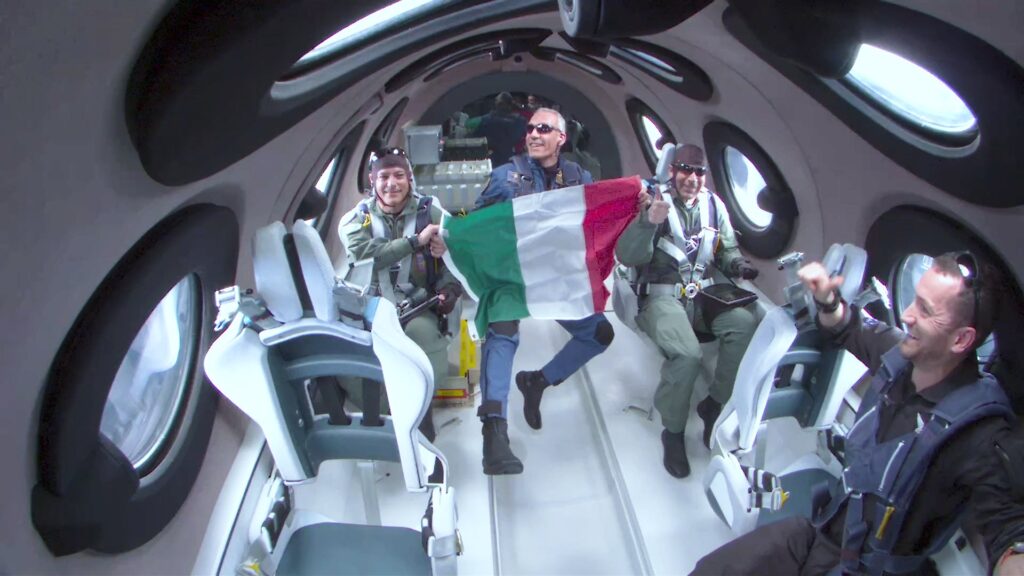
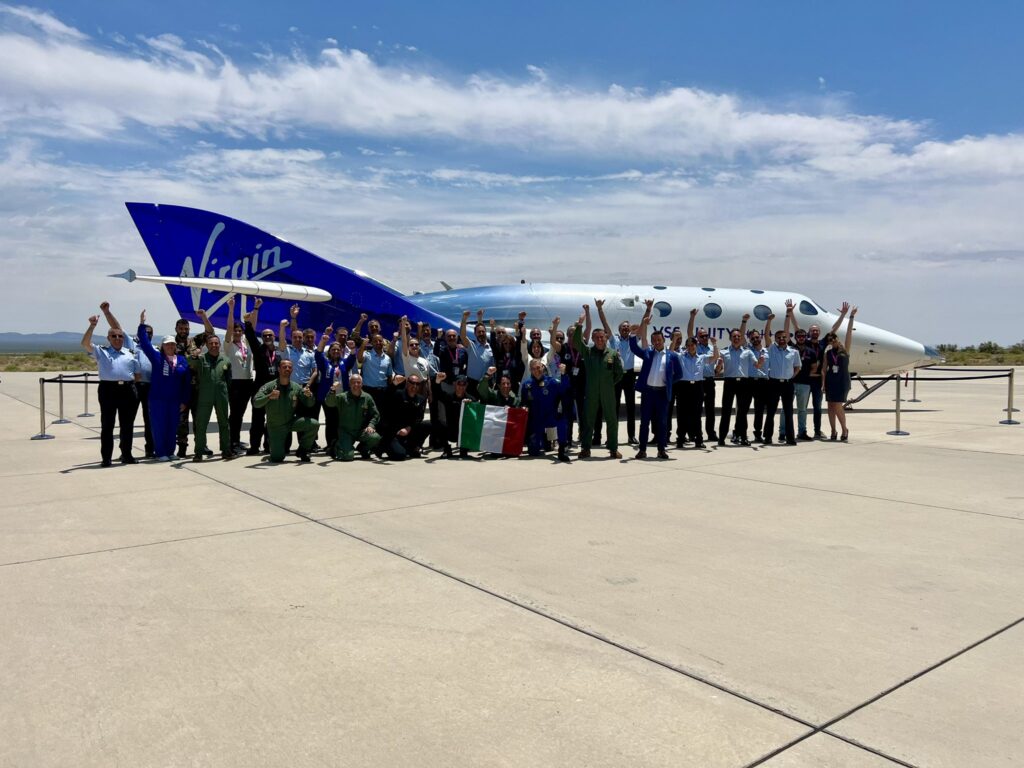

The crew enjoyed the historic and long-awaited moment, as the mission had been booked in 2019 to conduct suborbital research. It became a reality in the year in which both the Italian Air Force and the National Research Council celebrated their 100th anniversary. The three Italians on board used the short time available to conduct 13 experiments, ranging from biomedicine to the development of alternative materials and thermo-fluid dynamics, monitoring physiological functions, studying the interaction of solid and liquid materials in weightlessness, and the potential alteration of heart rate and other vital parameters in microgravity conditions.
The trio used various scientific equipment and sensory sets to carry out their respective tasks. At the same time, Villadei wore Flight Suit 1, an interactive suit consisting of more than 150 pieces by the Italian startup Spacewear, which was assessed before the flight by the Federal Aviation Administration and can withstand the pressure of up to 12G and detect biometric data with textile sensors.
The future of Virgin Galactic
Having successfully completed the first commercial flight marks a turning point for Virgin Galactic, which now has to focus its attention on the 800 passengers who booked a seat in space between 2005 and 2014, paying figures of $200,000-250,000, while those who arrived later had to shell out $450,000. With headquarters in Mojave, California, the company’s goal is to build up a fleet of aircraft by upgrading the existing ones with Delta, the future once-a-week capable craft.
The flight frequency is one of the crucial factors because Virgin Galactic operates at a loss and needs revenue, which must be secured by accelerating the start of commercial flights. Galactic 02 is scheduled at the beginning of August, and the intention is to fly the VSS Unity spacecraft once a month before welcoming Delta (not before 2026); in the meantime multiplying the spaceports to plan suborbital flights almost daily.
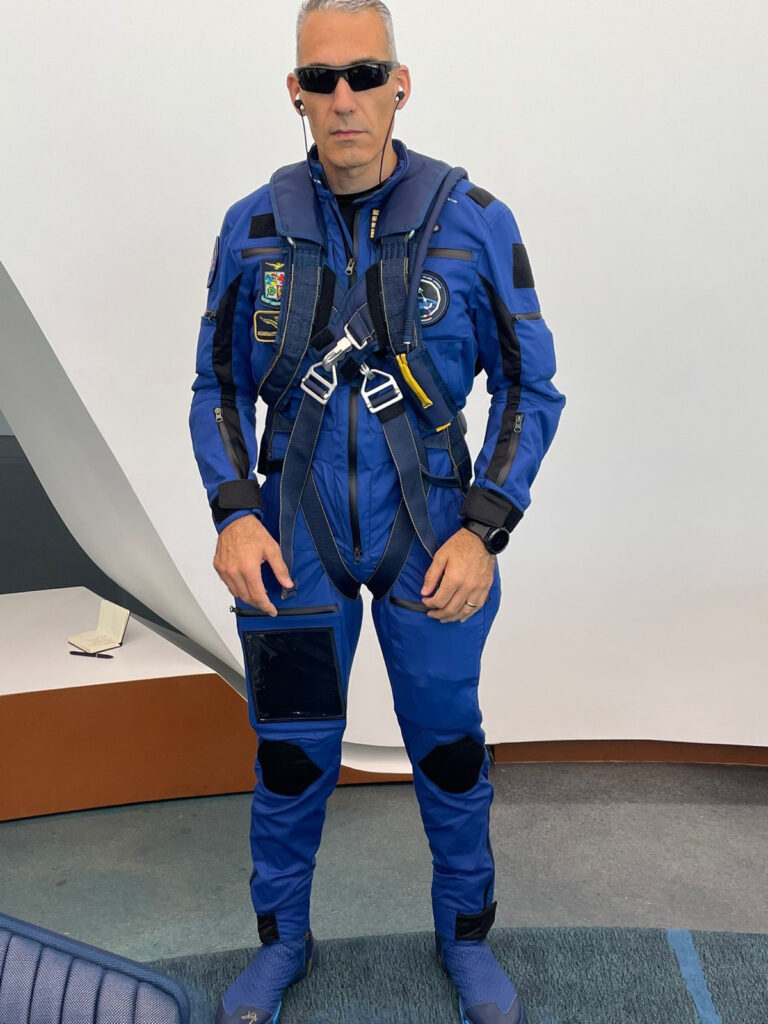
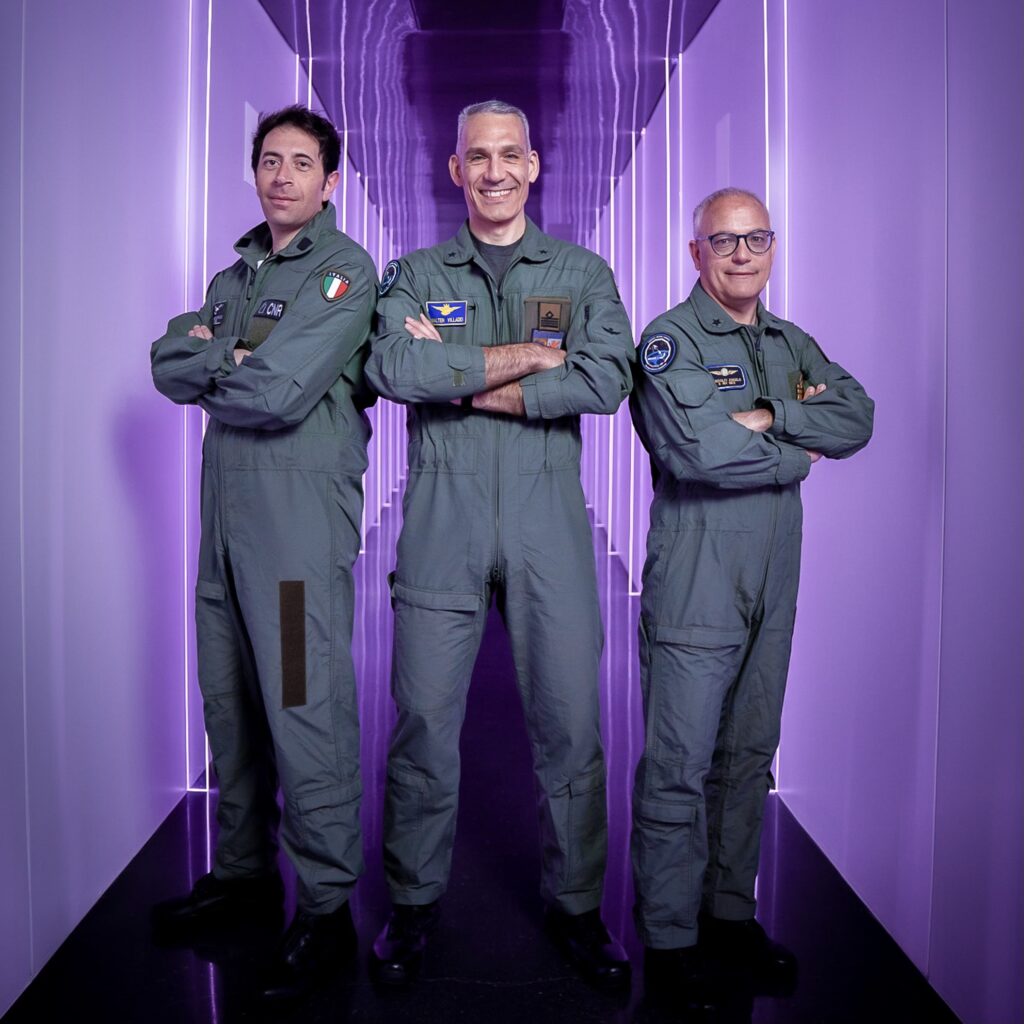
Blue Origin late but there
The ambition is enormous, and thanks to the $870 million in cash announced by the company at the end of the first quarter of this year, Virgin Galactic’s project gradually seems to be taking shape, unlike others. Indeed, it is not a good moment for Blue Origin, the company founded by Jeff Bezos, which has been at a standstill since September last year after the 23rd launch failed due to the engine failure of the New Shepard rocket.
The company’s CEO, Bob Smith, told the Financial Times that Blue Origin is looking for partnerships in Europe and other parts of the world to set up a new launch facility to be added to its two active locations in Florida and Texas. But there is more, and it is important because, in recent weeks, Blue Origin was awarded a $3.4 billion contract with Nasa to build a lunar lander, not to mention the €1 billion funding Bezos secures each year. “We have hundreds of millions in revenue and billions in orders but we need to accelerate our launch progress to meet customer demand,” Smith said.

